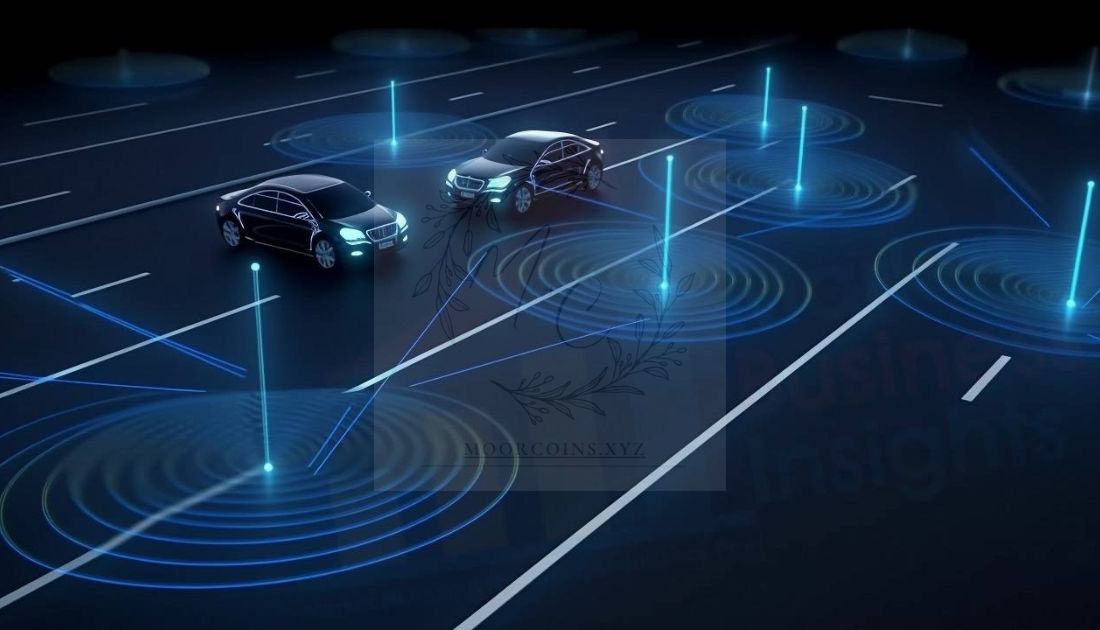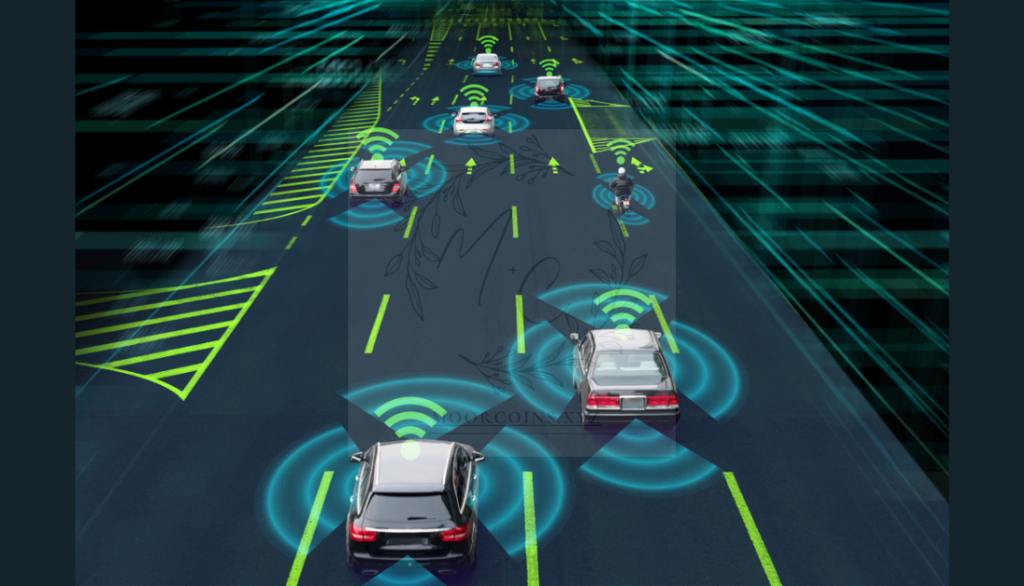Blog
Car Automation System Sensors: Transforming Vehicle Technology for a Safer and Smarter Drive
Car automation system sensors are revolutionizing the way we experience driving. These advanced technologies are the backbone of modern vehicles, enabling them to detect, analyze, and respond to their surroundings. Whether you own a standard car or a high-end model, automation sensors improve safety, efficiency, and convenience, making them a valuable addition to any vehicle.
Understanding Car Automation System Sensors
Car automation system sensors are devices integrated into a vehicle’s system to collect and interpret data. They work seamlessly with the vehicle’s onboard computer to enhance various functions. These sensors play a vital role in driver assistance features and are critical for achieving fully autonomous driving in the future.
- What Are They Used For?
These sensors are designed to monitor different aspects of the car and its environment. They detect everything from obstacles and lane markings to weather conditions and vehicle performance. - How Do They Work?
Automation sensors use technologies like radar, ultrasonic waves, infrared, and cameras to gather data. This information is processed in real time, allowing the car to make split-second decisions. - Types of Automation Sensors
Car automation systems use a combination of sensors, each with a specific purpose. Common types include proximity sensors, LiDAR, radar, and cameras.
Types of Car Automation System Sensors
Each type of automation sensor has a unique role in making the driving experience safer and smarter. Understanding these types helps drivers appreciate the complexity and capability of modern vehicle systems.
- Proximity Sensors
Proximity sensors use ultrasonic or infrared technology to detect objects near the car. They are widely used in parking assistance systems and help prevent minor collisions in tight spaces. - Radar Sensors
Radar sensors are vital for adaptive cruise control and collision avoidance systems. They measure the distance and speed of surrounding objects, enabling the car to adjust its speed or apply brakes automatically. - LiDAR Sensors
LiDAR sensors use laser beams to create detailed 3D maps of the car’s environment. They are critical for autonomous vehicles as they provide precise information about nearby objects and road conditions. - Cameras
Cameras capture visual data and are used for features like lane-keeping assist, traffic sign recognition, and blind-spot monitoring. High-definition cameras ensure accurate detection and interpretation of visual cues. - Inertial Measurement Units (IMUs)
IMUs measure acceleration, orientation, and rotational speed. They are essential for stability control systems and navigation in autonomous vehicles. - Weather Sensors
Weather sensors detect rain, fog, or temperature changes. This information helps optimize wiper speed, headlight intensity, and traction control.
Benefits of Car Automation System Sensors
Car automation system sensors are not just a technological marvel; they bring practical benefits that enhance the driving experience. From safety to convenience, these sensors are transforming how vehicles operate.
- Enhanced Safety
Sensors detect potential hazards and respond faster than human reflexes. Features like automatic emergency braking, lane departure warnings, and blind-spot monitoring reduce the risk of accidents. - Improved Efficiency
Automation sensors optimize vehicle performance by monitoring fuel consumption, tire pressure, and engine conditions. This leads to better fuel efficiency and reduces wear and tear. - Convenience and Comfort
Sensors enable features like automated parking, adaptive cruise control, and traffic jam assist. These functions reduce the stress of driving and enhance comfort. - Support for Autonomous Driving
Automation sensors are the foundation of self-driving technology. They allow vehicles to navigate complex environments with minimal human intervention. - Environmental Benefits
Sensors contribute to eco-friendly driving by monitoring emissions and optimizing energy use. They support hybrid and electric vehicle systems, promoting sustainable transportation.

Applications of Car Automation System Sensors
Automation sensors are used in a wide range of applications, making cars smarter and more adaptable. Their versatility ensures they cater to various driving needs.
- Driver Assistance Systems
Sensors are integral to advanced driver assistance systems (ADAS). These include lane-keeping assist, adaptive cruise control, and collision avoidance. - Parking Assistance
Sensors simplify parking by detecting nearby objects and guiding the car into tight spaces. Some systems even allow fully automated parking. - Navigation and Mapping
LiDAR and GPS sensors provide accurate navigation and real-time mapping. These technologies are essential for autonomous driving and route optimization. - Traffic Monitoring
Sensors detect traffic conditions and adjust the car’s speed or route accordingly. This reduces congestion and saves time. - Vehicle-to-Vehicle Communication
Automation sensors enable communication between vehicles, sharing data about speed, location, and road conditions. This supports cooperative driving and reduces accidents.
Tips for Maintaining Car Automation System Sensors
To ensure your car automation system sensors work efficiently, proper maintenance is essential. Regular upkeep not only extends their lifespan but also enhances their performance.
- Keep Sensors Clean
Dirt, dust, and debris can obstruct sensors, affecting their accuracy. Clean them regularly with a soft cloth and mild cleaning solution. - Check for Software Updates
Many sensors rely on software for optimal performance. Keep your vehicle’s software up to date to benefit from the latest features and improvements. - Inspect Wiring and Connections
Faulty wiring or loose connections can disrupt sensor functionality. Periodically inspect and secure these components. - Avoid Harsh Conditions
Excessive heat, cold, or moisture can damage sensors. Park your car in shaded or covered areas whenever possible. - Consult Professionals for Repairs
If a sensor malfunctions, seek professional assistance. Attempting DIY repairs may cause further damage or void warranties.
The Future of Car Automation System Sensors
As technology evolves, car automation system sensors are becoming more advanced and accessible. Innovations in artificial intelligence, machine learning, and data processing are driving the next generation of automotive sensors.
- Increased Accuracy
Future sensors will offer even greater precision, enabling cars to handle complex environments with ease. - Integration with Smart Cities
Sensors will communicate with smart city infrastructure, such as traffic lights and road signs, for seamless navigation and improved traffic flow. - Enhanced Safety Features
Next-generation sensors will include features like pedestrian detection and predictive analytics, further reducing accident risks. - Affordability
As technology becomes mainstream, the cost of automation sensors is expected to decrease, making them available in more vehicle models.
Conclusion: The Essential Role of Car Automation System Sensors
Car automation system sensors are transforming the driving experience, making it safer, smarter, and more efficient. By understanding their types, benefits, and applications, drivers can fully appreciate the value these sensors bring to modern vehicles. Whether you’re looking to upgrade your car or invest in the latest model, automation sensors are a feature worth considering.
As technology continues to advance, the possibilities for car automation system sensors are limitless. From supporting autonomous driving to enhancing everyday commutes, these sensors represent the future of transportation. Take advantage of their potential today and enjoy the benefits they offer for years to come.

